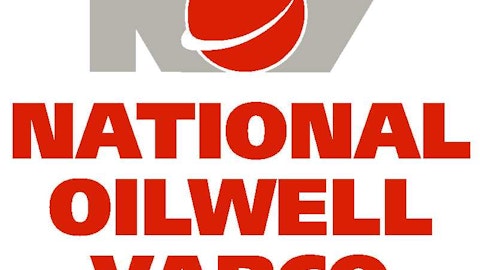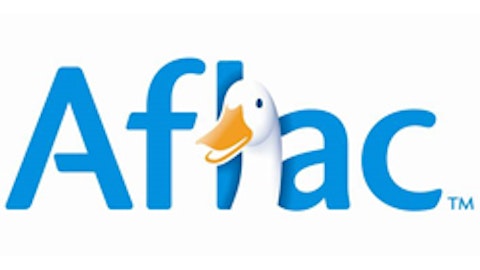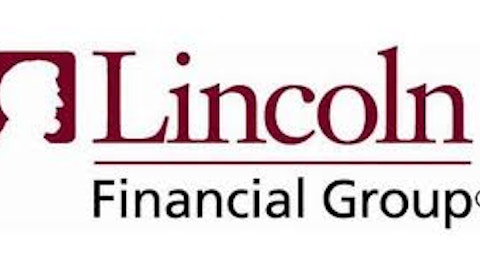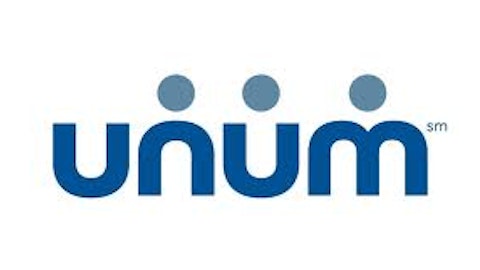Insurance stocks have been one of the hottest sectors so far in 2013, with the SPDR S&P Insurance ETF (NYSEARCA:KIE) posting an impressive 15%+ gain before the conclusion of March. Specific insurance stocks, such as AFLAC Incorporated (NYSE:AFL), Lincoln National Corporation (NYSE:LNC), and Unum Group (NYSE:UNM) outlined below, have all risen at least 25% in less than 3 months.

In an environment of rising interest rates, I am focused on gaining exposure to money center banks, regional banks, and insurance companies. These institutions have credit portfolios with a reliance on fixed income products such as U.S. Treasuries. Interest rates are bound to rise in 2014-2015 as the Federal Reserve’s easy-money policies begin to unwind.
Let’s give a brief example for consideration. I recently renewed my Florida auto insurance policy with Esurance, an The Allstate Corporation (NYSE:ALL) company, and paid a 6 month premium in advance. Allstate is likely to invest this premium in a low-risk financial asset, the return on which is dependent on the Federal Reserve’s interest rate policy.
The insurance sector recently gained attention on March 21 when J.P. Morgan hosted its 2013 Insurance Conference in New York City. Here are three companies highlighted at the recent event that are well-positioned for a rising interest rate climate:
AFLAC
March 21, 2013; Recorded webcast
Aflac is unique from the other insurers presenting at J.P. Morgan’s Insurance Conference because approximately 75% of the company’s total revenue originates in Japan. Here in the United States, readers may recognize AFLAC Incorporated (NYSE:AFL) for its advertising mascot “The Duck.” AFLAC Incorporated (NYSE:AFL) is the largest provider of supplemental insurance in the U.S.
AFLAC Incorporated (NYSE:AFL)’s recent earnings results have been negatively affected by the weakening Japanese yen, given its heavy exposure to the Asian island nation. However, even when converted to U.S. dollars, fourth quarter premium income rose 6.1% compared to the prior year. The company has a strong competitive advantage in Japan, in contrast to the U.S. where our domestic customer base has many choices for insurance.
Let’s consider AFLAC Incorporated (NYSE:AFL)’s investment portfolio, which I alluded to in the introduction for all insurance companies. Aflac’s investment income rose 5.8% for AFLAC Incorporated (NYSE:AFL) Japan to $2.8 billion during fiscal 2012 and 4.2% to $613 million for Aflac U.S.
Shareholders of Aflac are poised to benefit from the company’s plans to purchase a greater amount of U.S. dollar denominated securities going forward. Currently the company has a large portfolio of European based debt which is denominated in Japanese yen. In contrast to the weakening of the yen, the U.S. dollar has historically strengthened in a rising interest rate environment.
Raymond James and Evercore are two Wall Street firms that have upgraded Aflac to a buy rating from hold in recent weeks. In addition to the strong operational performance at Aflac, I believe shareholders will benefit from the firm’s plans to move toward U.S. dollar denominated securities and away from the Japanese yen.
Lincoln National
March 21, 2013; Recorded webcast
Lincoln National Corporation (NYSE:LNC) is one of the largest life insurance companies in the world, along with competitors Hartford Financial, MetLife, and Prudential. Readers may recognize Lincoln National Corporation (NYSE:LNC) by the name of its operating subsidiary, Lincoln Financial, which also sells fixed and variable annuities, employee benefits, retirement plans, and other services.
Earnings at Lincoln National Corporation (NYSE:LNC) fell from a record $4.44 during 2007 to a low of $2.83 in 2009. The share price followed lower in accordance, from a year-end low in 2008 of $58.22 in 2007 to lows of $18.84 in 2008 and $24.88 in 2009.
However, as evidenced by the table above, earnings per share have fully recovered to pre-crisis levels but the share price is still trading at a significant discount to 2007. The main reason for the underperformance is that insurers are being penalized for record-low interest rates.
If 10-year yields begin to rise, life insurance stocks such as Lincoln National Corporation (NYSE:LNC) will outperform the broader market. Analysts at Bank of America Merrill Lynch also upgraded the stock to Buy from Neutral on February 27.
Investors seem to be anticipating higher interest rates in advance, as Lincoln National Corporation (NYSE:LNC) Financial has risen more than 25% year-to-date as of this writing on March 25.
Unum Group (NYSE:UNM)
March 21, 2013; Recorded webcast
Unum provides financial protection benefits such as disability, life, accident, and critical illness insurance. When I first graduated from college, I worked in Compensation & Benefits at Burger King headquarters in Miami, FL and we used Unum services for our employee populations. In addition to Burger King, the company provides financial protection insurance to more than 100,000 companies and 25 million people.
Unum reported fourth quarter 2012 results back on February 5 with a $0.82 profit compared to $0.77 consensus. Revenue also came in higher than expected at $2.66 billion vs. $2.63 billion. Book value per share increased to $31.87, indicating that Unum is trading at slightly less than 1x price/book value at current market prices.
Analysts at SunTrust and UBS have spoke positively on Unum in recent weeks, based on the firm’s increasing book value and earnings stabilization. I believe these factors are pertinent for the insurance sector as a whole, which helps explain the double-digit gains in share price so far this year.
With respect to Unum, analysts believe that accelerating payroll growth will increase earnings over the next 12 month. A declining unemployment rate indicates more Americans are back at work, and therefore eligible for Unum’s financial protection services. Deutsche Bank also raised its price target to $31.00 from a previous $27.00 recently on March 21.
Foolish Bottom Line
While the Federal Reserve’s intended federal funds rate remains between 0.00% – 0.25%, higher interest rates are a foregone conclusion in the medium and long-term. Insurance companies are a key beneficiary of a rising Treasury rate environment, and this effect will likely be demonstrated through higher stock prices across the sector.
Readers should consider any of the three stocks outlined above, or the SPDR S&P Insurance ETF for greater diversification. Aflac and Unum are both top 10 holdings of the exchange-traded fund.
For more information on J.P. Morgan’s 2013 Insurance Conference, visit the bank’s website to reference a webcast schedule / agenda.
Thanks for reading, and consider subscribing to my posts for more Fool ideas on outperforming the market. Requests for future articles may be submitted to fool@johnmacris.com.
The article Can the Breakout Rally in Insurance Stocks Continue? originally appeared on Fool.com is written by John Macris.
Copyright © 1995 – 2013 The Motley Fool, LLC. All rights reserved. The Motley Fool has a disclosure policy.



